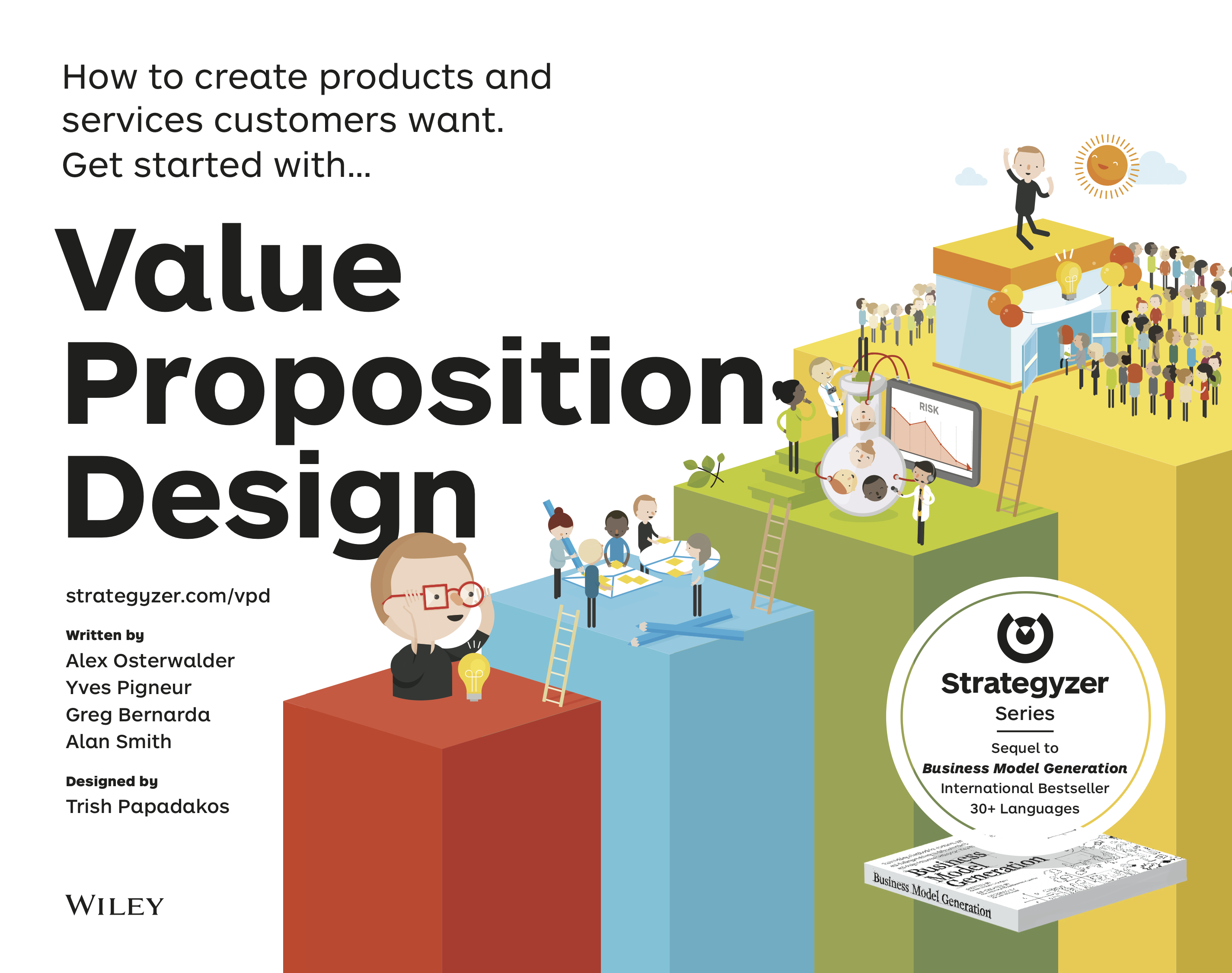Model-driven engineering of user interfaces
Seminar by Jean Vanderdonckt, UCL, ACM Distinguished Speaker (bio)
In order to be relieved from empirical and opportunistic development of user interfaces and to promote a genuine and rigorous approach throughout the development life cycle, model-driven engineering of user interfaces is typically structured along three dimensions: (1). Conceptual modelling of user interfaces and interaction: models should capture the essence of what user interfaces and interaction will be and should be compliant with a meta-model expressing its semantics ; abstract and concrete syntaxes could then be defined to express these semantics, typically through a User Interface Description Language (UIDL); stylistics study how such syntaxes could be graphically conveyed. (2). Step-wise and structured approach: a set of rules and general principles should guide the modelling approach in order to master all the steps required to achieve the full development life cycle, and(3). Software tools: a software suite is expected to support the aforementioned step-wise approach in order to properly conduct the development life cycle.
This lecture provides a retrospective view on model-based and model-driven engineering of user interfaces since its inception and sketches some prospective views to their future avenues, based on experience gained with the User Interface eXtensible Markup Language (UsiXML) experience




